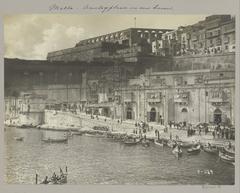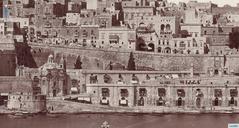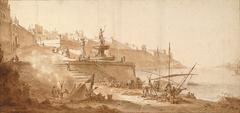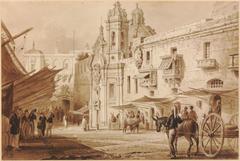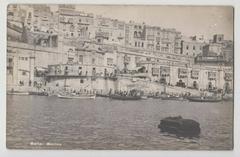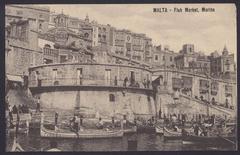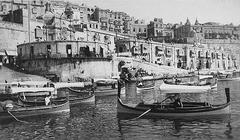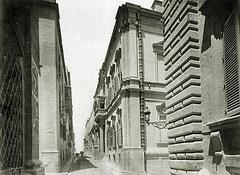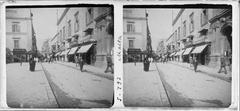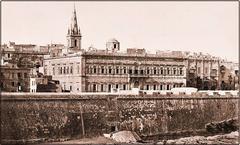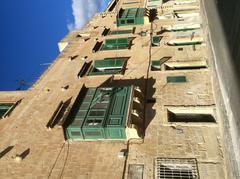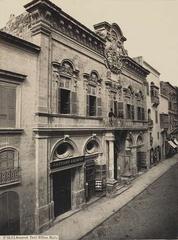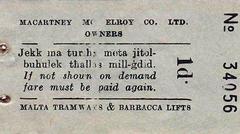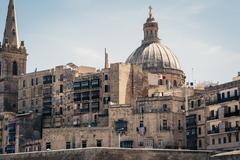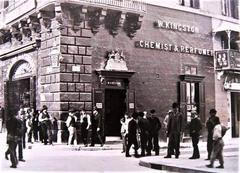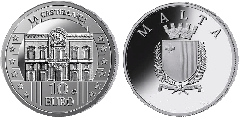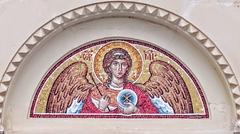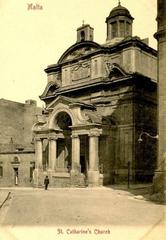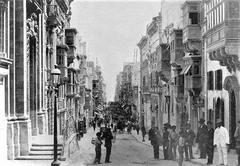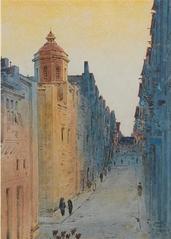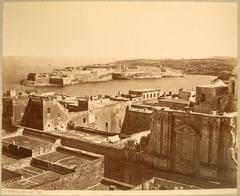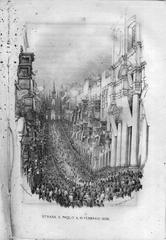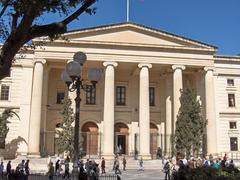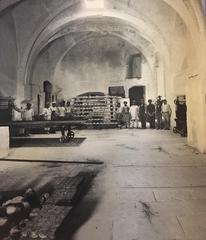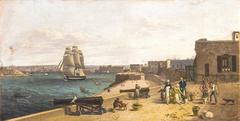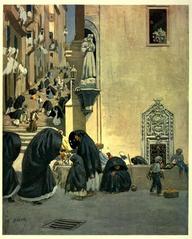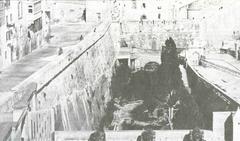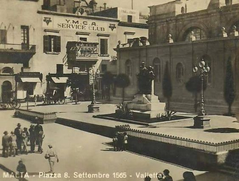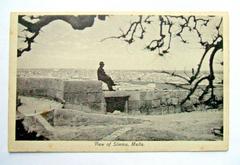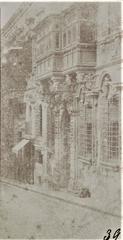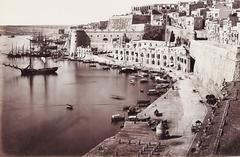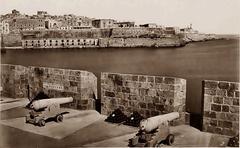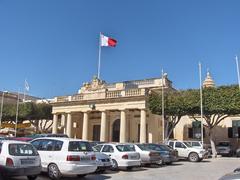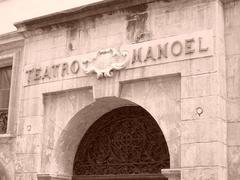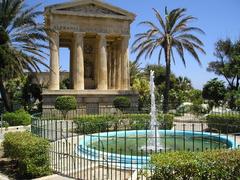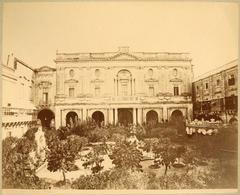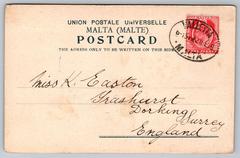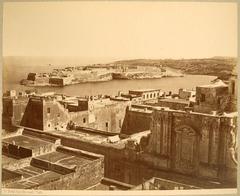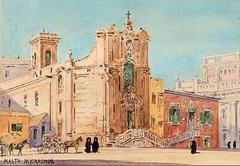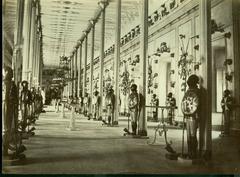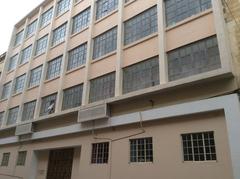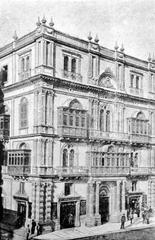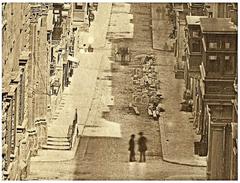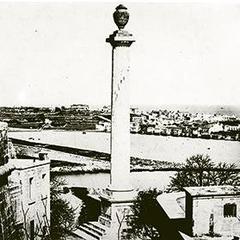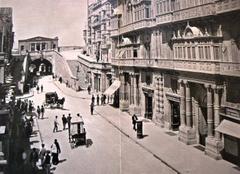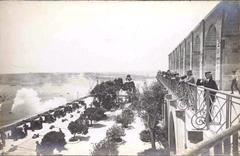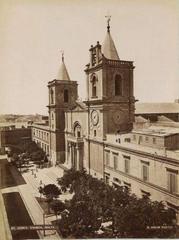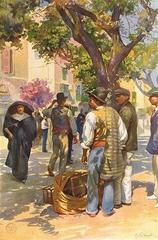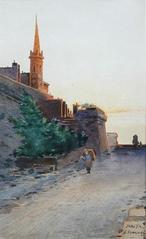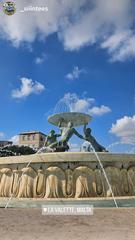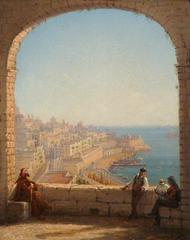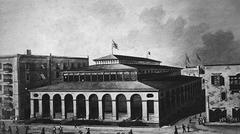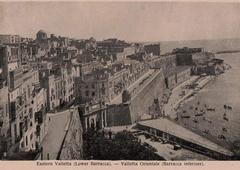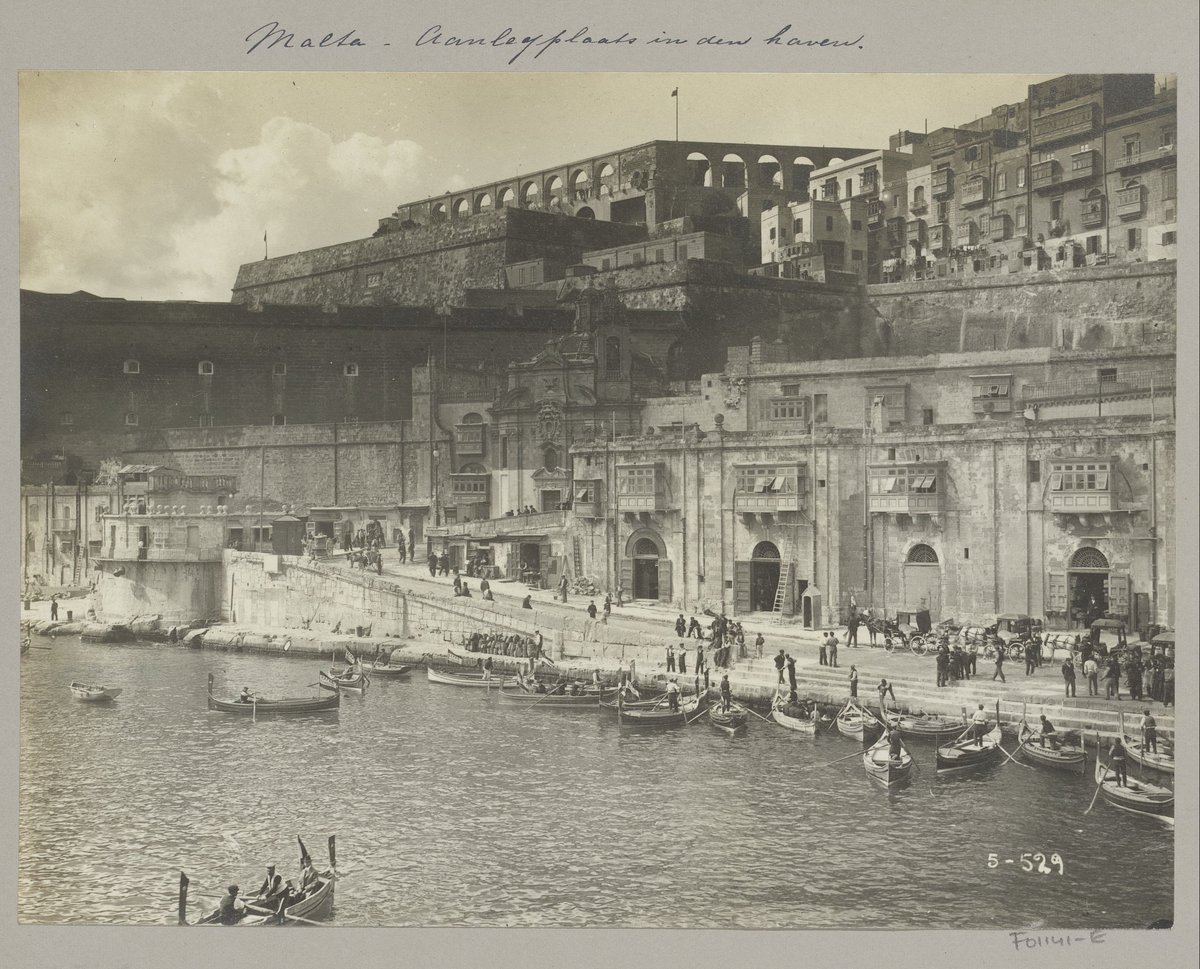
Church of Our Lady of Liesse, Valletta, Malta: Visiting Hours, Tickets & Historical Guide
Date: 14/06/2025
Introduction
Located along the picturesque Valletta waterfront near Malta’s Grand Harbour, the Church of Our Lady of Liesse (Knisja tal-Madonna ta’ Liesse) is a distinguished monument that reflects centuries of Maltese religious devotion and Baroque artistry. Founded in the early 17th century by the French Langue of the Knights of St. John, the church is dedicated to Our Lady of Liesse—a devotion originating from Picardie, France, that symbolizes joy and miraculous deliverance. Throughout its history, the church has served as a spiritual hub for seafarers and port workers, survived wartime devastation, and undergone significant architectural evolution.
This guide offers a detailed exploration of the church’s history, architecture, art, and cultural relevance, along with practical information for visitors—such as opening hours, ticketing, accessibility, and travel tips. Whether you are a history enthusiast, a pilgrim, or a traveler seeking to uncover Valletta’s religious and cultural treasures, this article provides all you need for a meaningful visit.
For additional information, see the official Visit Malta, Wikipedia, and Times of Malta.
Table of Contents
- Origins and Foundation
- Architectural Evolution
- Wartime Damage and Restoration
- Religious and Cultural Significance
- Art and Relics
- Visiting the Church: Location, Hours & Accessibility
- Frequently Asked Questions (FAQ)
- Conclusion
- References
Origins and Foundation
The Church of Our Lady of Liesse was founded by the French knights of the Order of St. John, who brought with them the veneration of Our Lady of Liesse—a Marian devotion from Picardie, France, associated with joy and miraculous deliverance. The foundation stone was laid on 21 November 1620, financed by Fra Giacomo (Jacques) Chenu de Bellay, the Bailiff of Armenia. The church was intended as a national place of worship for the Langue of France, as other divisions of the Order possessed their own churches (Wikipedia; Spotting History).
Architectural Evolution
The 17th-Century Church
The original 17th-century church was modest but became a key religious site for French knights and the local waterfront community. Its presence is documented in a 1664 sketch of Barriera Wharf (Wikipedia).
Baroque Rebuilding in 1740
By the 18th century, the church required significant renovation. In 1740, the Langue of France commissioned a complete Baroque reconstruction, overseen by architect Francesco Zammit. The new design features a central plan with a lowered dome, red brick cladding, white stone strips, and a lantern. A bell tower with a distinctive cusp and a richly adorned façade with composite pilasters and Baroque pediment complete the exterior. The church’s titular painting, by Enrico Arnaux, illustrates the legend of the three knights and the Virgin (Times of Malta).
Consecration and Later Modifications
The rebuilt church was blessed by Bartolomé Rull and consecrated by Bishop Vincenzo Labini on 23 November 1806 (Spotting History). Restoration efforts have been ongoing, particularly following World War II damage.
Wartime Damage and Restoration
During World War II, the Valletta Grand Harbour area was heavily bombed. The Church of Our Lady of Liesse sustained considerable damage in 1942. Restoration began after the war, and the church reopened to the public in February 1952 (Wikipedia).
Religious and Cultural Significance
Devotion to Our Lady of Liesse
The church’s dedication centers on the French devotion to Our Lady of Liesse, symbolizing joy and liberation. The legend commemorated in the church recounts the miraculous release of three French knights from captivity in Egypt through Marian intercession (Aleteia). A copy of the original black Madonna statue from Liesse, France, is enshrined within the church.
Role in the Port Community
Strategically located on Valletta’s waterfront, the church served the spiritual needs of sailors, dockworkers, and the port community. In 1961, it was entrusted to the Apostleship of the Sea, affirming its maritime connections (Spotting History).
Liturgical Life and Feasts
The annual feast of Our Lady of Liesse, celebrated on the Saturday before the second Sunday of May, includes processions, special masses, and community events. While attendance fluctuates, the church remains a site of regular worship and pilgrimage (Aleteia).
Art and Relics
The church is noted for its art and relics:
- Titular Painting: Enrico Arnaux’s altarpiece depicts the origins of the devotion (Wikipedia).
- Relics of St. Generoso: Transferred from Fort Manoel (Wikipedia).
- Madonna Statue: The terracotta black Madonna from France is a focus of veneration (Aleteia).
- Other Artworks: Paintings, frescoes, and statuary by local and Italianate artists.
Visiting the Church: Location, Hours & Accessibility
Location and How to Get There
The Church of Our Lady of Liesse is at Telgħet Liesse, Valletta, adjacent to Lascaris Battery and close to the old fish market (Tripomatic). It is easily accessible by foot from Valletta’s city center, waterfront, and public transport stops.
Opening Hours and Tickets
- General Hours: Monday to Saturday, 9:00 AM to 5:00 PM; closed Sundays and public holidays.
- Entry Fee: Free; donations are welcome.
Hours may vary during religious events or feasts—confirm in advance via Visit Malta or parish contacts.
Accessibility
The church offers ramp access at the main entrance, though some interior areas may be less accessible due to historic features.
Guided Tours & Visitor Tips
- Guided tours are available via local operators or the Valletta visitor center.
- Photography is permitted (no flash).
- Respectful attire and quiet conduct are advised, especially during services.
Nearby Attractions
Combine your visit with:
- Lascaris Battery
- Upper Barrakka Gardens (panoramic harbour views)
- St. John’s Co-Cathedral
- Valletta Waterfront cafés
- Fort St. Elmo and the National War Museum
Frequently Asked Questions (FAQ)
Q: What are the opening hours?
A: Monday to Saturday, 9:00 AM–5:00 PM; closed Sundays/public holidays. Hours may change during events.
Q: Is there an entry fee?
A: No, entry is free. Donations are encouraged.
Q: Are guided tours available?
A: Yes, bookable through local tour operators or the visitor center.
Q: Is the church accessible for wheelchair users?
A: Ramp access is available at the entrance; some areas inside may be limited.
Q: Can I take photos inside?
A: Yes, without flash and with respect for worshippers.
Q: When is the feast of Our Lady of Liesse?
A: Annually on the Saturday before the second Sunday of May.
Conclusion
The Church of Our Lady of Liesse is a jewel of Valletta’s Baroque heritage, uniquely blending French and Maltese Marian devotion, maritime history, and architectural artistry. With its welcoming atmosphere, free admission, and proximity to major landmarks, the church is an essential stop for anyone exploring Valletta’s historical sites. To make the most of your visit, consult official resources for current hours and special events, and consider joining a guided tour for deeper insight.
Plan your visit today—and immerse yourself in the spiritual and historical richness of this remarkable church.
Download the Audiala app for offline guides, audio tours, and real-time updates about the Church of Our Lady of Liesse and other Maltese landmarks. Follow us on social media for the latest news on events and restoration projects.
Visuals and Media
- High-resolution images of the church’s façade, dome, and altarpiece (alt text examples: “Baroque façade of Church of Our Lady of Liesse in Valletta”, “Interior with Madonna statue”).
- Interactive map link.
- Links to virtual tours (where available).
References
- Church of Our Lady of Liesse — Wikipedia
- Do you know Our Lady of Bliss? — Aleteia
- The church of Our Lady of Liesse and its legend — Times of Malta
- Church of Our Lady of Liesse — Tripomatic
- Church of Our Lady of Liesse — Visit Malta
- Church of Our Lady of Liesse — Heritage Malta
- Valletta, Malta — UNESCO World Heritage Centre
- Exploring Malta’s Religious and Architectural Heritage — Palazzo Preca Valletta
- Malta Village Feasts — Malta Info Guide
